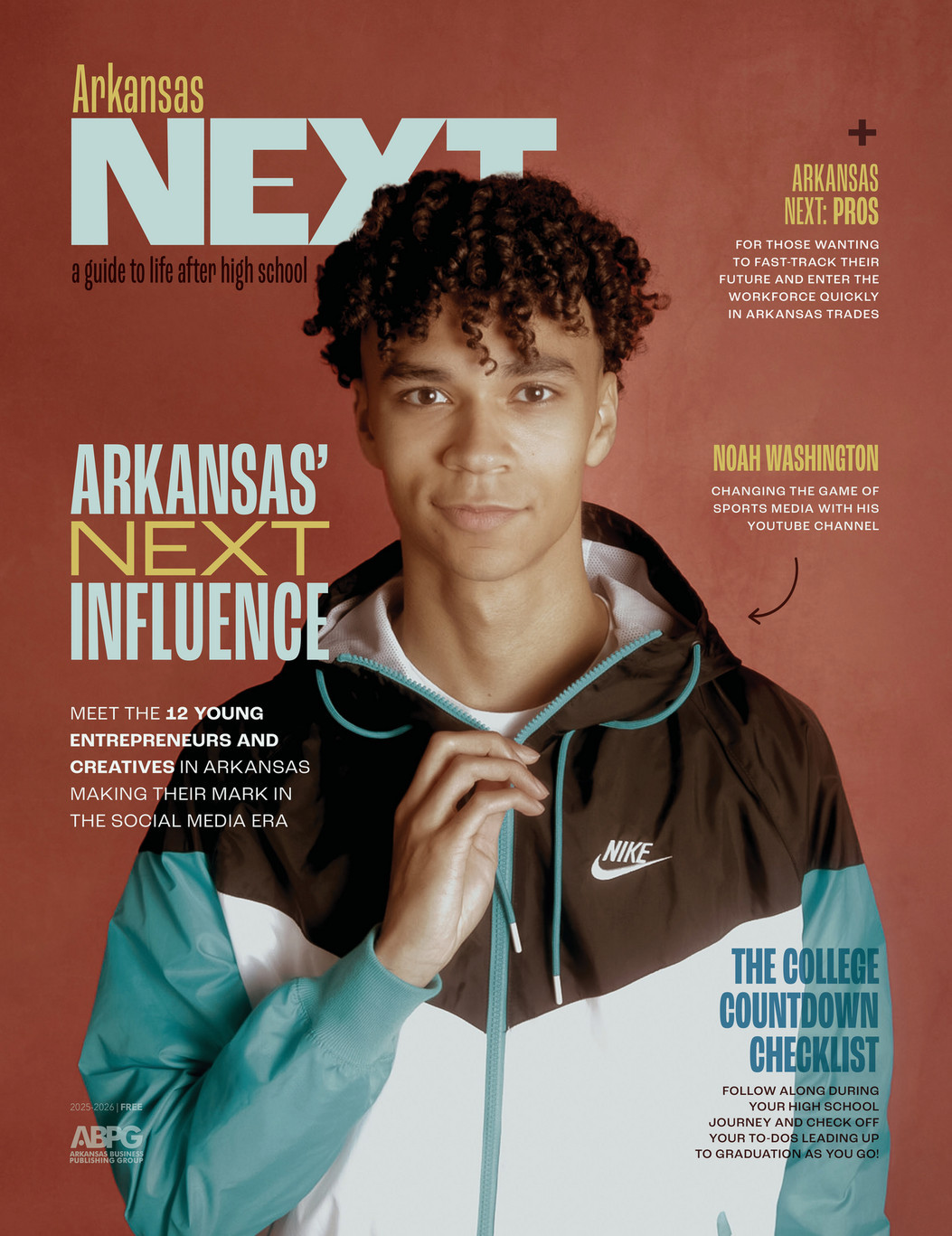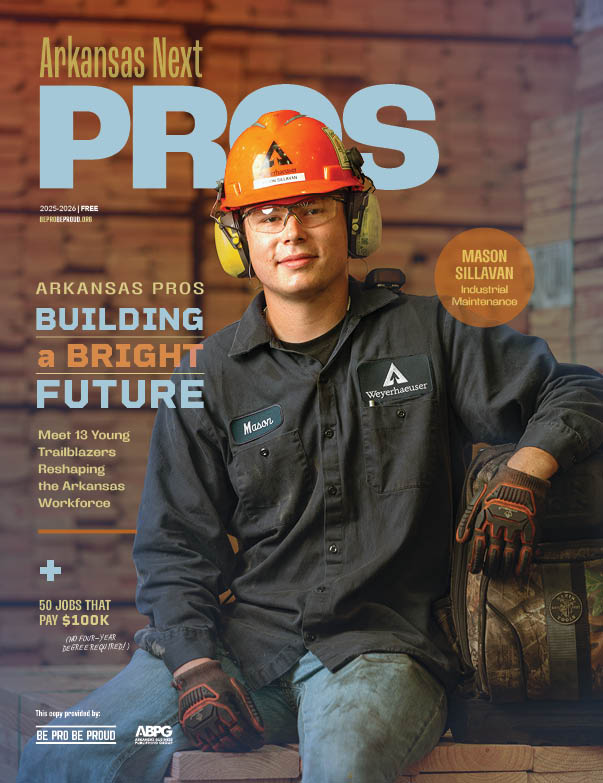4 Tips To Make Your Resume Stand Out
By Lindsay Irvin on Monday, September 10, 2012
It’s never too early to start crafting a resume, freshmen. It’s the best way to keep track of your high school activities like student council, cheerleading, math club, babysitting, debate team and even basketball. All of these demonstrate character and work ethic, and that’s exactly what you want to do when you apply for college, scholarships and part-time jobs.
Constantly update your resume and you can rely on it to represent you well in college and after graduation. That is, if you do it right. Here’s how to build one that will land at the top of the stack.
Pick a Target
Not all resumes are created equal. And they shouldn’t be. For example, a resume you submit with a college or scholarship application needs to be considerably different than one you would give to a potential employer. You might describe experiences differently depending on the resume’s purpose — a scholarship committee probably doesn’t care your experience at Dairy Queen included the drive-thru window, but the person hiring for the office job at the student health center would. Your resume should evolve as your education is enhanced and your work experiences increase. Here are some more tips to consider before you start writing.
Consider your audience. It’s important to determine what each college or company will be evaluating your resume for — work ethic, academic achievement, community involvement, experience, etc. This is where academic and professional resumes begin to really differ.
On college applications, most schools are looking for dedicated, multifaceted students, so categories that demonstrate your leadership experience, community service and other extracurricular activities are more important than your employment history. Limit academic resumes to two pages.
For internships and jobs, your previous work experience is crucial, and you’ll want to include specific experiences you’ve had that apply to the open position. Don’t forget to spotlight any computer and other job-specific skills. Limit professional resumes to one page.
Sell Yourself on Paper
On average, it takes an admissions officer or potential employer 30 seconds to review a resume. Remember that exceptional resumes look professional and are formatted consistently – and admissions officers and employers definitely don’t want to see cursive fonts or clip art. Here are a handful of other design do’s and don’ts to follow as you put your experiences in print:
Paper: Choose quality bond paper in an off-white shade.
Font: Opt for a simple, clean font like Arial or Helvetica in the default sizes 10-12. Bold and italics are OK, but use strategically. Always use black ink.
Visual elements: Make your name prominent; avoid page borders or distracting decorations; break up text with lines and bullets.
Organization: Fit everything on one page; list experiences in reverse chronological order, as the most relevant are likely the most recent.
Packaging: If you use a clear protector or folder for presentation, your cover letter goes in the left pocket and your resume in the right pocket; add a printed name label to the front before sending.
Make Every Word Count
Many students’ resumes have great content but lack the professionalism needed to snag great opportunities. Steer clear of these resume faux pas to keep yours competitive:
Change your email address. Having an address like ImSmartrThanYou@AOL.com sends the wrong message. Use your full name to look more mature, like JaneDoe@Gmail.com.
Don’t get personal. In the U.S., it’s inappropriate to include your age, race, marital status, sexual orientation or religious affiliation on a resume.
Be honest. Lying on a resume is unethical. Have confidence in your qualifications.
What about references? Don’t say “references available upon request.” Go ahead and list them along with contact information.
And Don’t Forget to…
List the most important information first so it’s more likely to be read.
Proofread, then sleep on it, then proofread some more. Then, ask a parent or teacher to proof it once more.
Use strong action words and key terms in your descriptions. Instead of “made phone calls at the office,” say “contacted clients and managed information.”
Include these experiences whether you’re in high school or college:
- Work, like relevant part- and full-time jobs, internships and job shadows.
- Scholastic achievements, like National Honors Society or Dean’s List.
- Student/professional organizations, like student council, resident adviser, newspaper staff, debate team.
- Community service: Include all your volunteerism. Click here for for ideas!
- Athletics & extracurricular activities, like football, golf, band, cheerleading.















